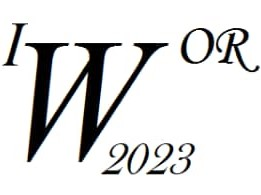Ponente
Descripción
Retail chains record every customer transaction in their brick-and-mortar stores and are motivated to use their data sources to improve their sales. As some types of customers tend to be more profitable than others, the retailer primarily focuses on the most valuable group of them. To identify them, we describe each transaction, a shopping basket, by simple statistics such as purchase size, number of products, or number of different product categories. Using those statistics, cluster analysis techniques can assign every basket to some shopping mission. We aim to estimate the relationship between store location and its customers' shopping mission structure using the chain's internal sales data and relevant location indicators from freely available map bases such as OpenStreetMaps. Such indicators include centrality indicators, the number of amenities in the surroundings as well as the demographics. The obtained estimates can then be used to optimize the location of new stores as well as assortment optimization.
Keywords: location effects, retail store, shopping mission

